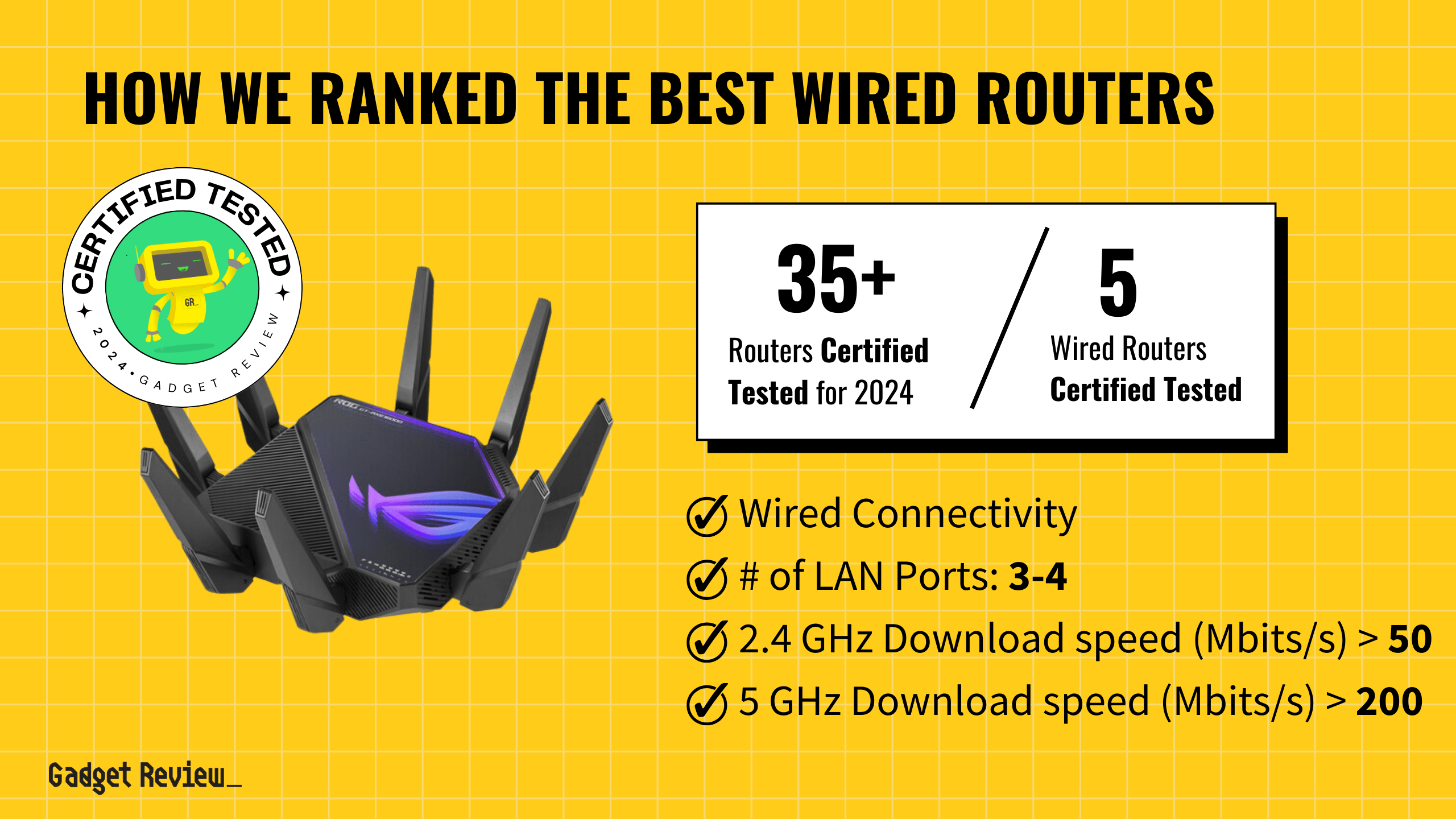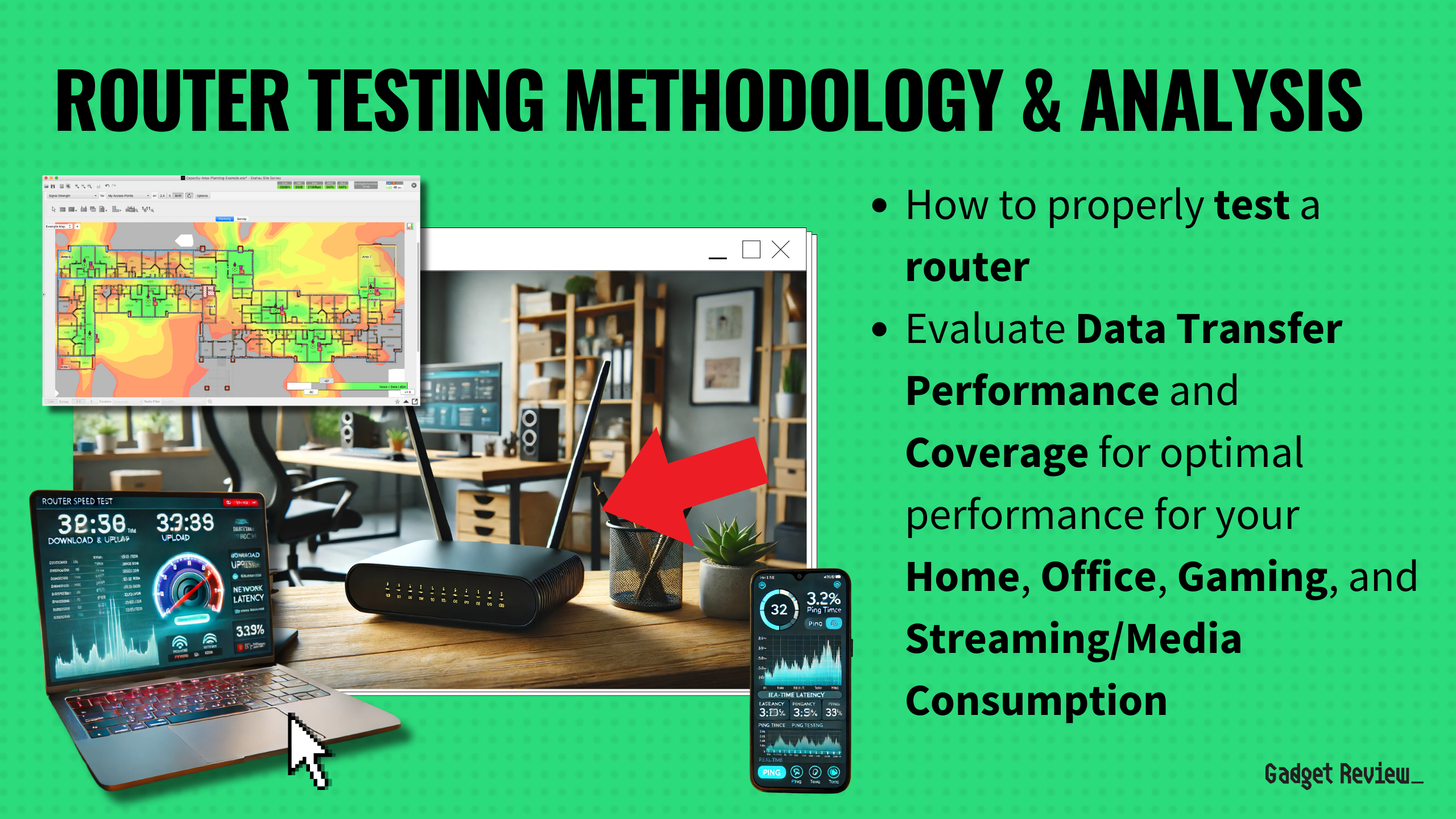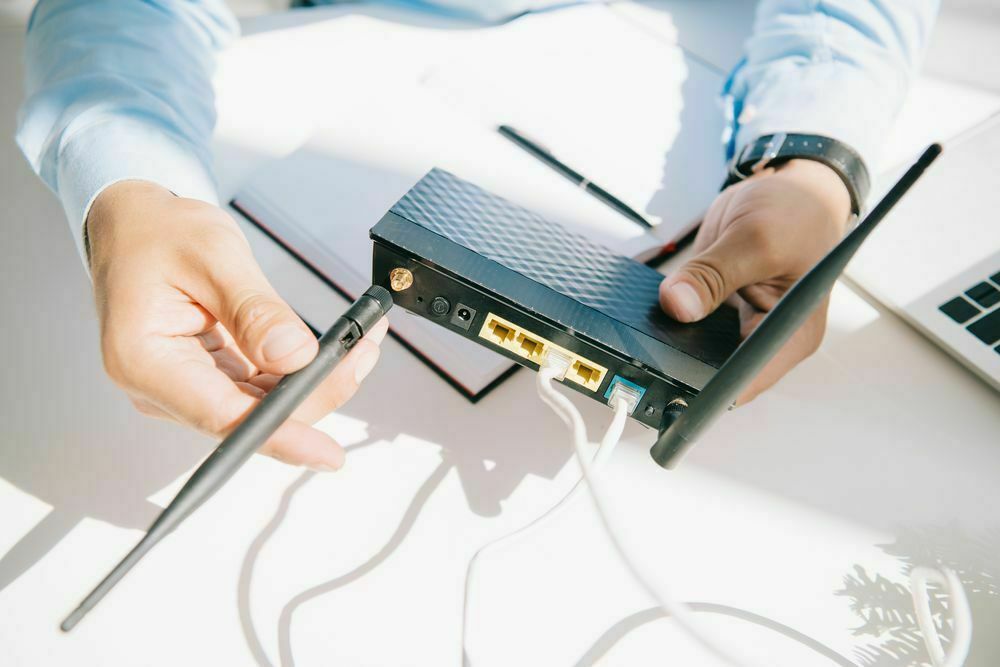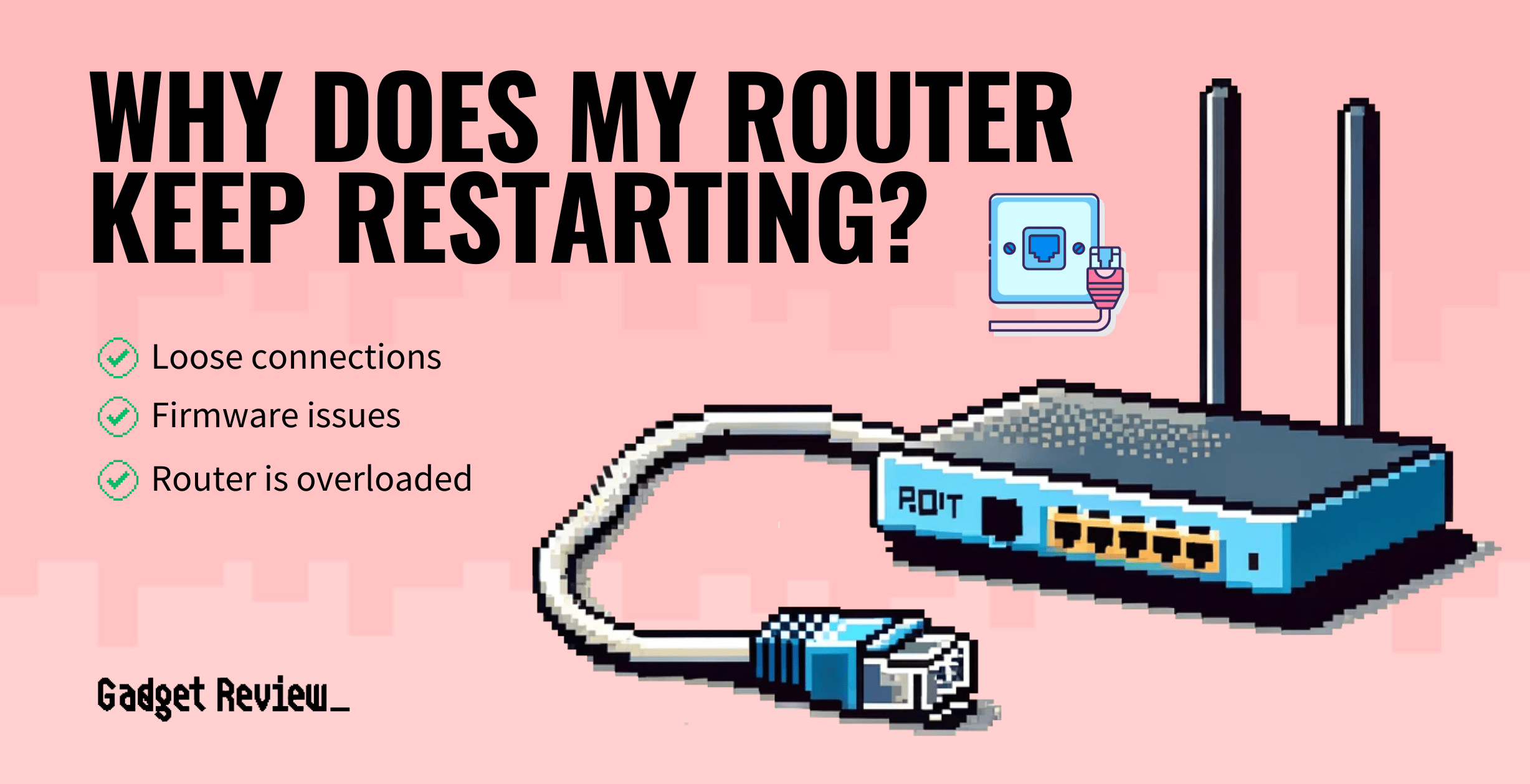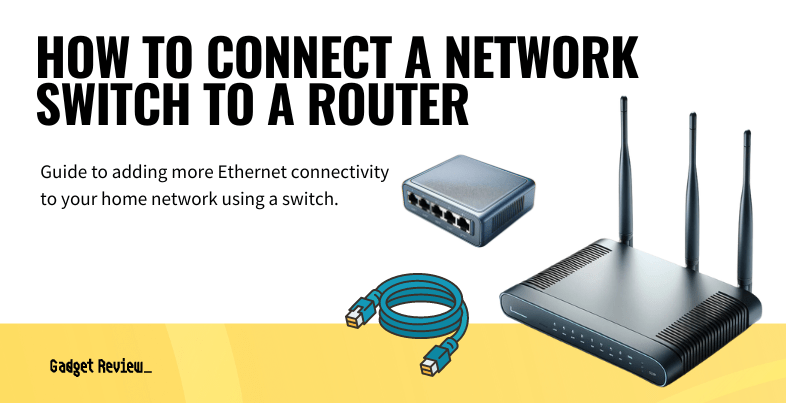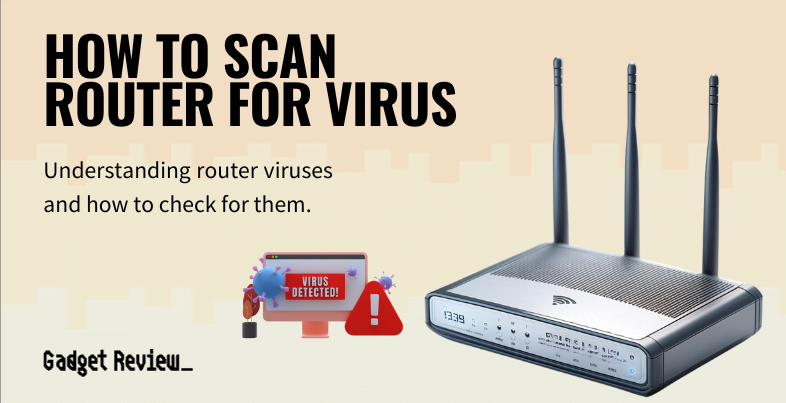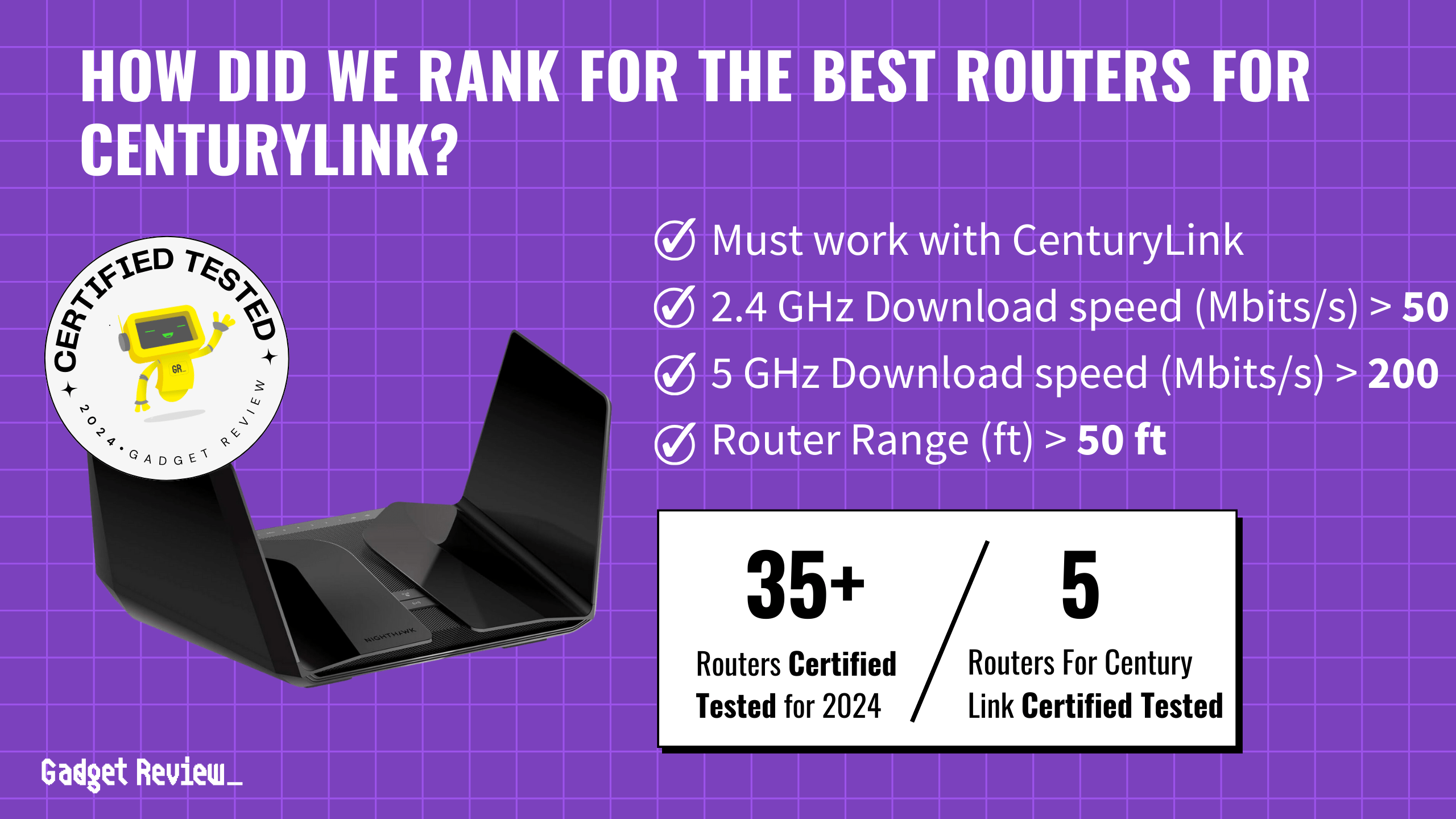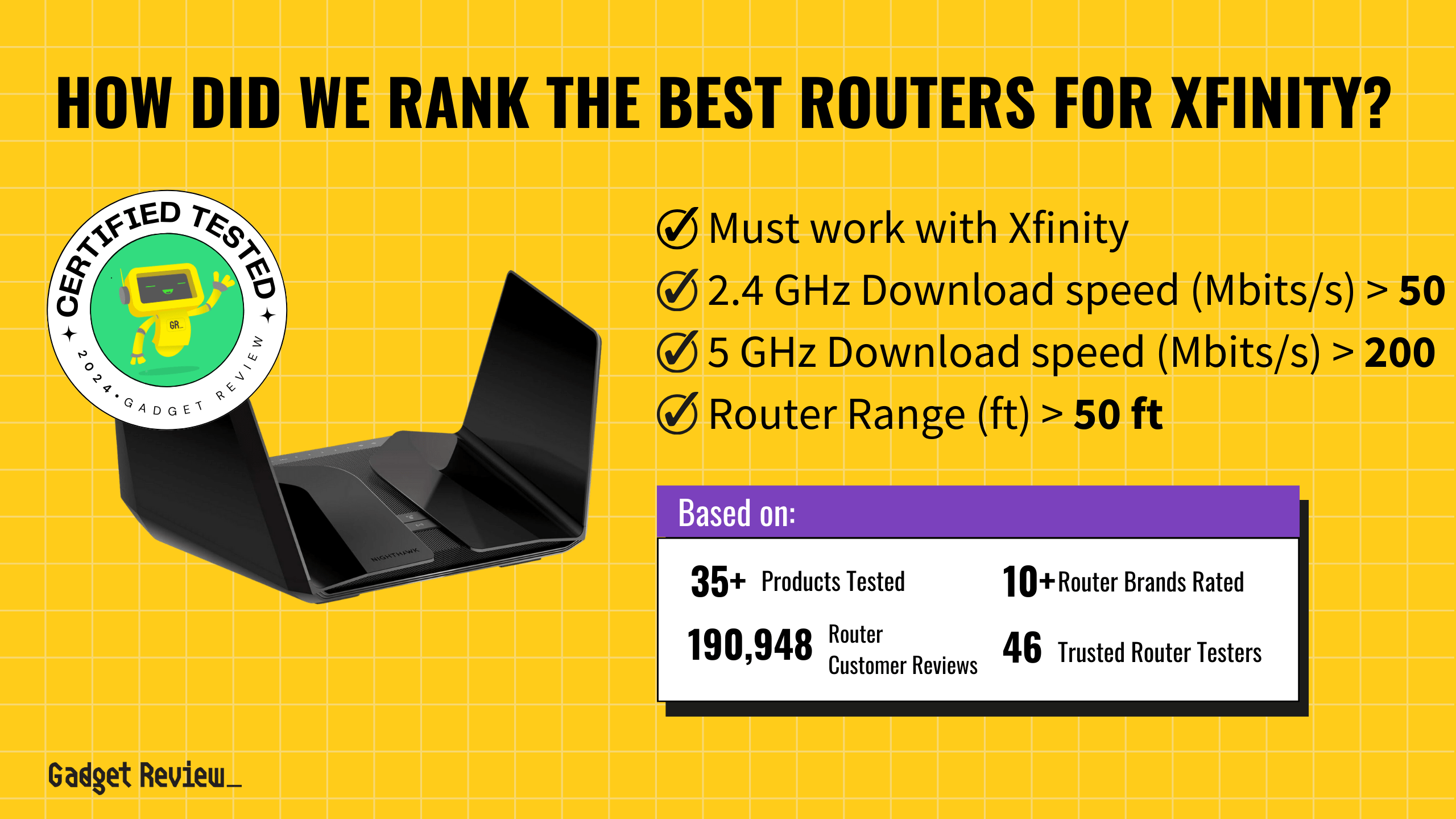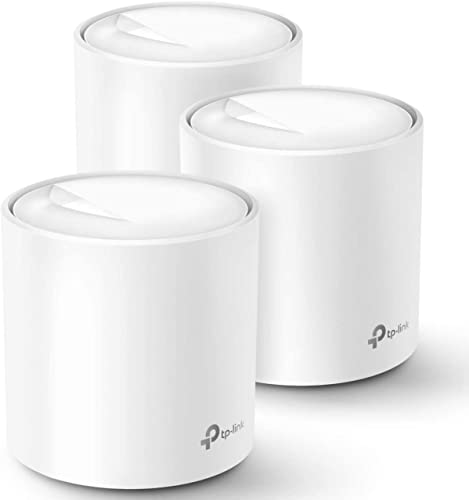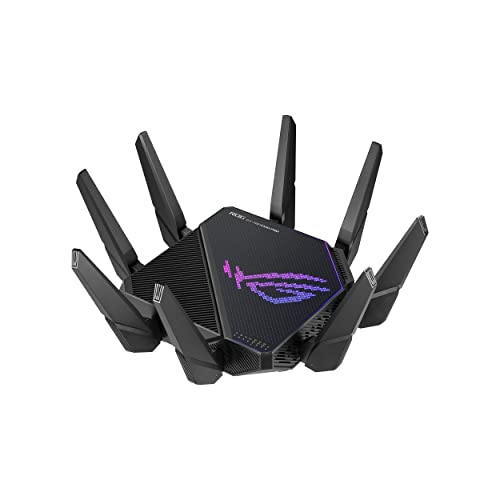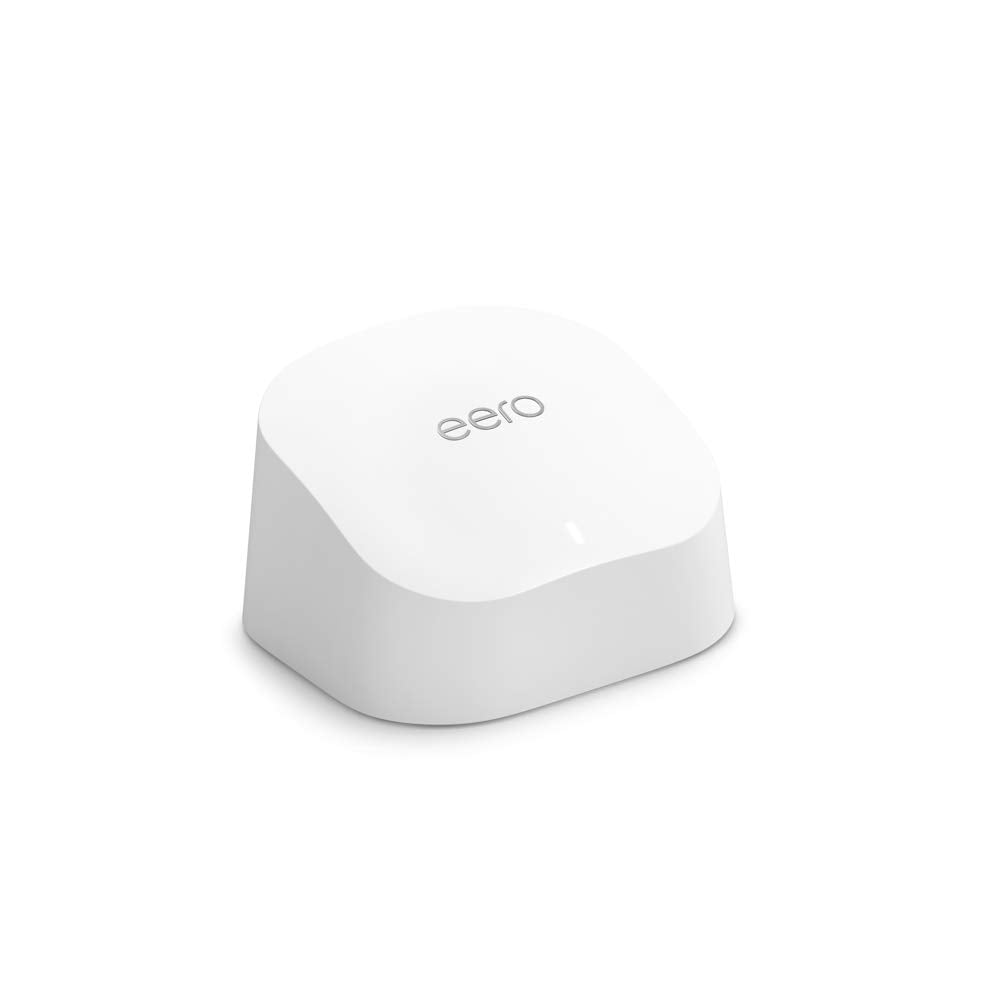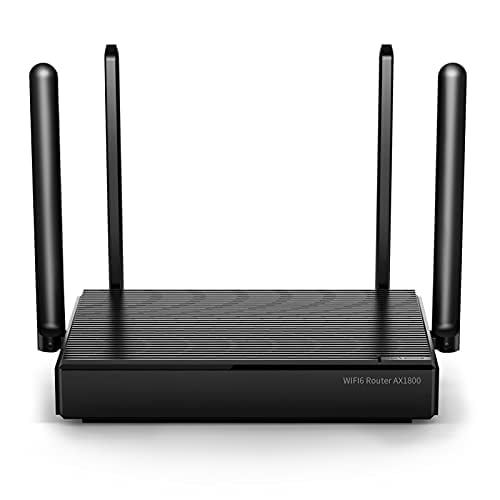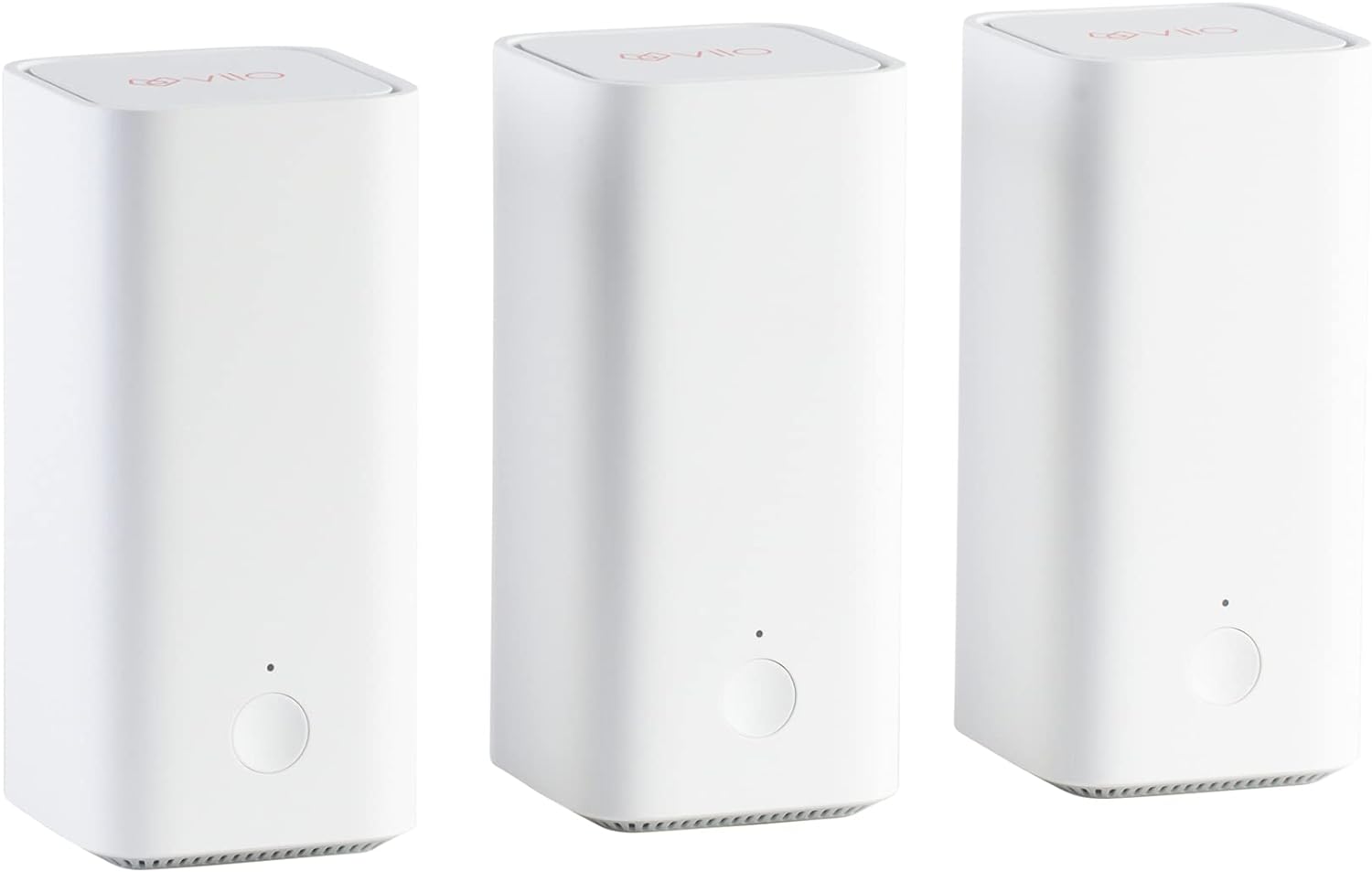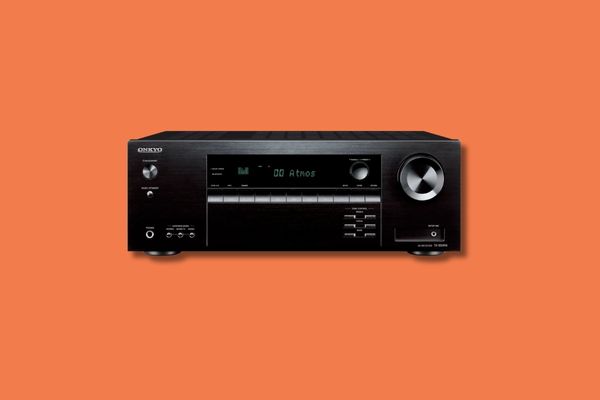When you’re searching for the best wired routers, you want robust and consistent performance across various wired connections. Key features include Gigabit Ethernet ports for high-speed connectivity, USB ports for added functionality, and reliable signal strength if you wish to use wireless as well. In our comprehensive evaluation, we analyzed 43 routers and assessed 193,911 reviews to identify the top performers.
Five wired routers excelled in our testing, demonstrating exceptional capabilities. Our approach involves verifying products as tested and using our AI-powered True Score to filter out fake and low-quality reviews. This method ensures we can recommend the top routers that deliver the performance and reliability you need for seamless wired connections.
How Did We Rank the Best Wired Routers?
Compiling our buying guide for the best wired routers involved an exhaustive analysis of over 200 sites. We scrutinized various testing methodologies and examined expert reviews to pinpoint what really matters. By dissecting customer feedback and identifying critical pain points, we determined the 4 desirable test results, and 1 must-have specification. Our True Score system integrates all these factors, offering a precise and trustworthy guide to help you choose the best wired router.
Our commitment to unbiased reviews is powered by our ‘True Score’ system, targeting low-quality and fake reviews. When you shop through our links, you’re backing our mission. Dive deeper to see how.
?️ Minimum Specifications
- Must have 3 or more LAN Ports.
? “Nice To Haves”
- 2.4 GHz Download Speed: A download speed on the 2.4 GHz band of at least 50 Mbits.
- 5 GHz Download Speed: A download speed on the 5 GHz band of at least 200 Mbits.
- Router Range: A range of at least 50 feet before the signal from the router begins to become noticeably weaker.
- Latency: A latency of 30 ms or less.
Latest Updates
- 06/20/2024: Republished the list to include the best wired routers based on our True Score system.
Top Wired Routers For 2025
Prices accurate at the time of publishing

Best Overall

Runner Up

Best Value

Best Budget

Best Mid-Range

Premium Pick
Synology WRX560
For a robust home network, the Synology WRX560 wired router offers versatile configuration, high-speed connections, and advanced security features.
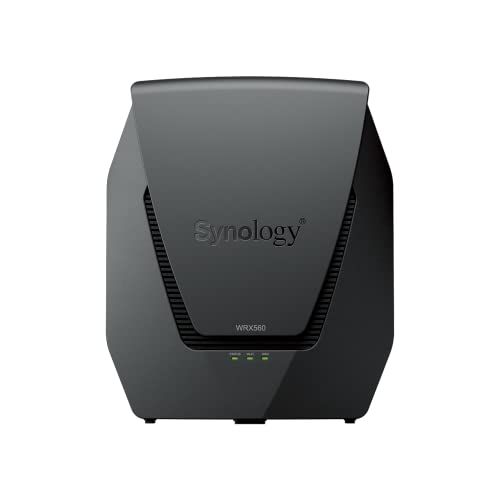
True Score
87886Experts
914kCustomers
Absolutely Fresh
 $219.99
$219.99Read More
Snapshot
Reasons to Buy
- Fast transfer speeds
- Range & Coverage
- Ease of use
Reasons to Avoid
- No USB port for external connectivity
Specifications

# of LAN Ports 3 
Frequency Bands 2.4 GHz, 5.0 GHz 
MU-MIMO Support Yes 
Wireless Standard AX 
Mesh System Yes 
Quality of Service Prioritization Yes 
# of Phone Ports n/a 
# of WAN Ports 1 
App Compatible Yes 
Available Storage n/a 
Band Technology Dual 
Data Encryption Type WPA3 
Energy Star Certified n/a 
Integrated Modem No 
LAN Ports – 
Number of Antennas 6 
Parental Controls Yes 
Processor Cores Quad 
Processor Speed 1.4 GHz 
WiFi Range 5400 sq. ft 
WiFi Speed 3 Gb 
Wired Speed 1000 Mb All Specs
Test Results
2.4 GHz Download speed (Mbits/s) 120 5 GHz Download speed (Mbits/s) 640 6 Ghz Download speed (Mbits/s) 0 Latency (ms) 0 Router Range (ft) 0 2.4 GHz Upload speed (Mbits/s) 97 5 GHz Upload speed (Mbits/s) 635 6 Ghz Upload speed (Mbits/s) 0 All Tests
All Retailers
- $219.99
- $219.99
- $236.99
Our Verdict
If you’re looking for a wired router that can handle the demands of a robust home network, the Synology WRX560 is an exceptional option with impressive connectivity. With its versatile configuration, including one configurable WAN/LAN 2.5 GbE port and three Gigabit LAN ports, it’s engineered to support high-speed connections that are essential for data-intensive tasks and multiple device connectivity. This adaptability makes it ideal for environments where speed and reliability are non-negotiable.
It’s also an excellent choice if you need fast wireless connectivity, with 640.4 Mbits/s and 634.5 Mbits/s for download and upload speeds. Additionally, it supports mesh networking, a key feature for users seeking to expand their Wi-Fi coverage seamlessly across larger areas without sacrificing the stability and speed of wired connections. While the Synology offers competitive performance on the 2.4 and 5 GHz bands, If you want access to the newer 6 GHz band for increased wireless demand, the Asus ROG GT-AXE16000 is an excellent alternative, although at a much higher price.
Comprehensive parental controls and web filtering further enhance its appeal to families and educational institutions. Furthermore, its support for advanced security protocols and Quality of Service (QoS) prioritization ensures that sensitive data remains protected while optimizing bandwidth distribution among devices based on usage needs.
The Synology WRX560 is not just a router for internet browsing but a versatile tool that caters to a wide range of user needs. Its wired and wireless connectivity performance ensures reliable streaming, online gaming, and support for the digital demands of small businesses. Its feature set, particularly around network management and security, makes it a versatile tool in a network administrator’s arsenal, suitable for environments where reliability and control are paramount.
Read Less

Best Overall

Runner Up

Best Value

Best Budget

Best Mid-Range

Premium Pick
Asus ROG GT-AXE16000
Best For Fiber Optic
The Asus ROG GT-AXE16000 is a top choice for high-performance wired networking with advanced parental controls, perfect for diverse household needs.
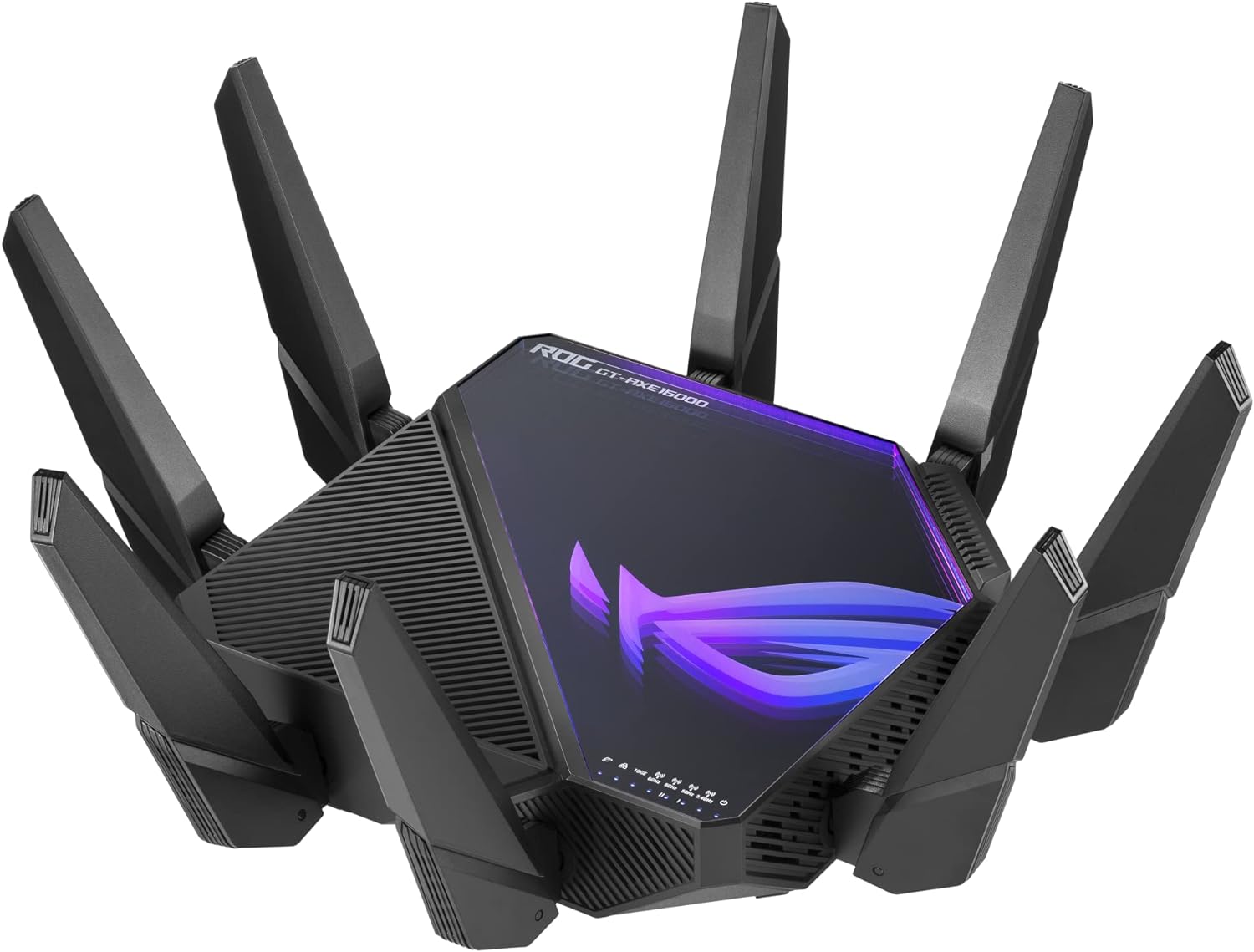
True Score
85865Experts
891kCustomers
Absolutely Fresh
 SAVE $251$699.99$449.00
SAVE $251$699.99$449.00Read More
Snapshot
Reasons to Buy
- Good WiFi Upload/Download Speed
- Easy to Setup and Configure
- Impressive Range of Coverage
Reasons to Avoid
- Poor Latency
Specifications

# of LAN Ports 4 
Frequency Bands 2.4 GHz, 5 GHz-1, 5 GHz-2, 6.0 GHz 
MU-MIMO Support Yes 
Wireless Standard AX 
Mesh System Yes 
Quality of Service Prioritization Yes 
# of Phone Ports n/a 
# of WAN Ports 3 
App Compatible Yes 
Available Storage 256MB 
Band Technology Quad 
Data Encryption Type WPA3 
Energy Star Certified n/a 
Integrated Modem No 
LAN Ports – 
Number of Antennas 8 
Parental Controls Yes 
Processor Cores Quad 
Processor Speed 2 Ghz 
WiFi Range 8000 sq.ft 
WiFi Speed 16Gb 
Wired Speed 1000 Mb All Specs
Test Results
2.4 GHz Download speed (Mbits/s) 113 5 GHz Download speed (Mbits/s) 639 6 Ghz Download speed (Mbits/s) 615 Latency (ms) 69 Router Range (ft) 0 2.4 GHz Upload speed (Mbits/s) 154 5 GHz Upload speed (Mbits/s) 790 6 Ghz Upload speed (Mbits/s) 790 All Tests
All Retailers
- $449.00$700Save $251
- $449.99$600Save $150
Our Verdict
If you want a premium wired router that offers an extensive array of ports and gaming-oriented functionalities, the Asus ROG GT-AXE16000 is an exceptional choice. This router distinguishes itself with two dual-function 10 Gbps WAN/LAN ports, great for adding a NAS or server. Four 1 Gbps LAN ports offer unparalleled flexibility to deliver massive bandwidth to wired devices. Such an array of high-speed ports makes it exceptionally well-suited for scenarios that demand ultra-high-speed internet connections, whether for intensive online gaming, large file transfers, or streaming high-definition content.
In addition to its high-speed ports, the Asus ROG GT-AXE16000 supports a mesh system for extensive coverage, with impressive 5 GHz and 6 GHz download speeds, 639.1 Mbits/s and 615.2, respectively. If you don’t need or want the extra bandwidth from the 6 GHz band, you can save a little and choose the Asus ROG GT6 Mesh, a great dual-band alternative.
With enhanced data encryption and Quality of Service (QoS) prioritization, the router adeptly manages bandwidth for critical tasks, benefiting gaming enthusiasts and small businesses. The advanced parental controls add another layer of functionality, making this router a top-tier, flexible solution for diverse networking needs in a modern, connected home.
The Asus ROG GT-AXE16000 is a high-performance router that offers advanced parental controls. Its feature-rich design ensures robust security and efficient bandwidth management, making it suitable for various wired and wireless networking requirements. Whether for gaming, streaming, or everyday internet usage, this router provides a versatile and reliable solution with superior parental control features, catering to diverse household needs.
Read Less

Best Overall

Runner Up

Best Value

Best Budget

Best Mid-Range

Premium Pick
Asus ROG GT6 Mesh
Best For Streaming
The Asus ROG GT6 Mesh excels as a top-tier wired router, catering to households with demanding connectivity needs for gaming and streaming.

True Score
82826Experts
864kCustomers
Absolutely Fresh
 SAVE $54$479.99$425.99
SAVE $54$479.99$425.99Read More
Snapshot
Reasons to Buy
- Fast Download/Upload Speed
- Easy to install and operate
Reasons to Avoid
- WiFi speed drops off at long range
- Connection range is limited
- Limited USB Connectivity
- Mediocre Latency
Specifications

# of LAN Ports 3 
Frequency Bands 2.4 GHz, 5.0 GHz 
MU-MIMO Support Yes 
Wireless Standard AC, AX, N 
Mesh System Yes 
Quality of Service Prioritization Yes 
# of Phone Ports n/a 
# of WAN Ports 1 
App Compatible Yes 
Available Storage 256MB 
Band Technology Tri 
Data Encryption Type WEP, WPA-Enterprise, WPA-PSK, WPA2-Enterprise, WPA3-Personal 
Energy Star Certified No 
Integrated Modem No 
LAN Ports 3 Gb Ethernet 
Number of Antennas 9 
Parental Controls Yes 
Processor Cores Triple 
Processor Speed 1.7GHz 
WiFi Range 5800 sq. ft 
WiFi Speed 2.6 Gb 
Wired Speed 2500 Mb All Specs
Test Results
2.4 GHz Download speed (Mbits/s) 139 5 GHz Download speed (Mbits/s) 701 6 Ghz Download speed (Mbits/s) 0 Latency (ms) 22 Router Range (ft) 95 2.4 GHz Upload speed (Mbits/s) 112 5 GHz Upload speed (Mbits/s) 619 6 Ghz Upload speed (Mbits/s) 0 All Tests
All Retailers
- $425.99$480Save $54
- $456.99
Our Verdict
If your household juggles multiple devices simultaneously and demands top-tier speeds for gaming, the Asus ROG GT6 Mesh excels as a gamer-focused mesh router with exceptional wired connectivity. It boasts standout features like a high-speed 2.5 Gbps WAN port and three robust 1 Gbps LAN ports, making it ideal for heavy internet use. These wired options guarantee fast, stable connections for tasks like HD streaming, online gaming, and large file transfers, enhancing the overall online experience.
The 2.5 Gbps WAN port stands out for handling high-speed internet well above standard rates, future-proofing for fiber-optic connections. The three 1 Gbps LAN ports provide plenty of bandwidth for devices like gaming consoles, PCs, and smart TVs, ensuring reliable and steady connections. This is vital for latency and speed-critical activities like online gaming and live streaming. However, if you need more connectivity, the Asus ROG GT-AXE16000 offers greater flexibility with two configurable 10 Gbps WAN/LAN ports and four Gigabit LAN ports.
The Asus ROG GT6 Mesh offers advanced networking capabilities that boost wired and wireless performance. With its mesh system and impressive 5 GHz download speeds of 701.3 Mbits/s, gamers enjoy seamless, lag-free experiences. Quality of Service (QoS) prioritization ensures smooth operation by allocating bandwidth for critical tasks. The router’s data encryption and MU-MIMO support also enhance network security and device management, making it a versatile networking hub.
While the Asus ROG GT6 Mesh boasts impressive wireless speeds and coverage, its excellence as a wired router is unmatched, particularly for environments where stable and fast connections are non-negotiable. Its combination of high-speed WAN and LAN ports, alongside advanced networking features, makes it an ideal solution for users who demand the best-wired connectivity for gaming, streaming, and more.
Read Less

Best Overall

Runner Up

Best Value

Best Budget

Best Mid-Range

Premium Pick
TP-Link Archer AXE75
Best For Secure
The TP-Link Archer AXE75 offers budget-friendly yet robust wired connectivity, perfect for gaming setups prioritizing stability and performance.
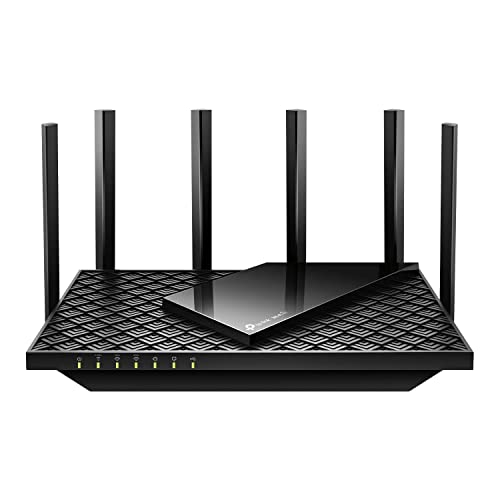
True Score
81804Experts
862kCustomers
Absolutely Fresh
 SAVE $10$159.00$148.80
SAVE $10$159.00$148.80Read More
Snapshot
Reasons to Buy
- Good WiFi speeds
- Adequate range
- Simple set up
Reasons to Avoid
- Average download speeds
- Limited coverage
- Subscription-based security solutions
Specifications

# of LAN Ports 4 
Frequency Bands 2.4 GHz, 5.0 GHz, 6.0 GHz 
MU-MIMO Support Yes 
Wireless Standard AC, AX 
Mesh System Yes 
Quality of Service Prioritization Yes 
# of Phone Ports n/a 
# of WAN Ports 1 
App Compatible Yes 
Available Storage n/a 
Band Technology Tri 
Data Encryption Type WPA3 
Energy Star Certified n/a 
Integrated Modem No 
LAN Ports Gigabit Ethernet 
Number of Antennas 6 
Parental Controls Yes 
Processor Cores Triple 
Processor Speed 1.7GHz 
WiFi Range 2500 sq.ft 
WiFi Speed 2.4GHz 
Wired Speed 1000 Mb All Specs
Test Results
2.4 GHz Download speed (Mbits/s) 65 5 GHz Download speed (Mbits/s) 309 6 Ghz Download speed (Mbits/s) 318 Latency (ms) 9 Router Range (ft) 60 2.4 GHz Upload speed (Mbits/s) 0 5 GHz Upload speed (Mbits/s) 0 6 Ghz Upload speed (Mbits/s) 0 All Tests
All Retailers
- $148.80$159Save $10
- $154.99$180Save $25
- $154.99$180Save $25
Our Verdict
If you’re looking for a budget-oriented wired router, the TP-Link Archer AXE75 is an exceptional choice, particularly for gaming environments where stability is paramount. This router has one Gigabit WAN and four Gigabit LAN ports. It provides ample connectivity options for various wired devices and ensures a solid, uninterrupted connection essential for high-stakes gaming.
The wired capabilities of this router make it an excellent choice for gamers who prioritize a fast and stable network connection. its Gigabit Ethernet ports offer rapid and reliable data transmission for multiple devices, which is essential for reducing lag and maintaining a competitive edge in gaming. Additionally, it provides impressive wireless speeds, achieving 309.1 Mbits/s on the 5 GHz band, and offers a cost-effective route to access the 6 GHz wireless band, with download speeds of 317.9 Mbits/s. For those looking for even faster wireless speeds in a mesh network, the Eero Max 7 presents a superior option, albeit at a significantly higher price point.
In addition to its robust wired connections, the TP-Link Archer AXE75 supports essential technologies such as MU-MIMO, which optimizes the data handling for multiple devices, ensuring that each connected device receives the necessary bandwidth without interference. The router’s Quality of Service (QoS) feature further enhances its suitability for gaming by prioritizing gaming traffic. This ensures that critical game data is processed with minimal delay, thus maintaining a seamless gaming experience even when the network is heavy.
The TP-Link Archer AXE75’s excellence as a wired router makes it a prime choice for gamers and tech enthusiasts who demand reliability and speed in their wired connections. This router’s capacity to handle bandwidth-intensive tasks extends beyond gaming, making it a versatile component in any tech-savvy household or gaming setup seeking top-tier wired connectivity.
Read Less

Best Overall

Runner Up

Best Value

Best Budget

Best Mid-Range

Premium Pick
Eero Max 7
Best For Parental Controls
The Eero Max 7 offers premium wired connectivity with advanced features for high-speed networks, ideal for demanding home and small business environments.
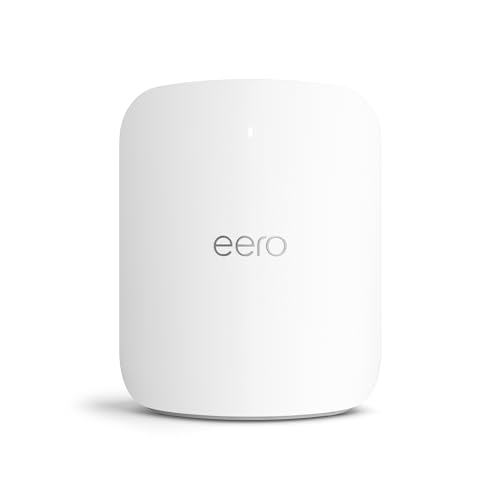
True Score
80797Experts
86282Customers
Absolutely Fresh
 $599.99
$599.99Read More
Snapshot
Reasons to Buy
- Exceptional Download WiFi Speed
- Easy Installation and Configuration
- Low Latency
Reasons to Avoid
- Poor 2.4 GHz Upload Speeds
- Short Range of Coverage
- Limited Port Space
Specifications

# of LAN Ports 4 
Frequency Bands 2.4 GHz, 5.0 GHz, 6.0 GHz 
MU-MIMO Support Yes 
Wireless Standard BE 
Mesh System Yes 
Quality of Service Prioritization No 
# of Phone Ports n/a 
# of WAN Ports 1 
App Compatible Yes 
Available Storage 4000MB 
Band Technology Tri 
Data Encryption Type WPA2-Personal, WPA3-Personal 
Energy Star Certified No 
Integrated Modem No 
LAN Ports 2 Gb Ethernet 
Number of Antennas 10 
Parental Controls Yes 
Processor Cores Quad 
Processor Speed – 
WiFi Range 2500 sq.ft 
WiFi Speed 4.3 Gb 
Wired Speed 10000 Mb All Specs
Test Results
2.4 GHz Download speed (Mbits/s) 96 5 GHz Download speed (Mbits/s) 1,078 6 Ghz Download speed (Mbits/s) 1,223 Latency (ms) 7 Router Range (ft) 90 2.4 GHz Upload speed (Mbits/s) 75 5 GHz Upload speed (Mbits/s) 411 6 Ghz Upload speed (Mbits/s) 638 All Tests
All Retailers
- $599.99
- $599.99
- $599.99
Our Verdict
If you need robust wired connectivity with expansive wireless coverage for a large home or small business, the Eero Max 7 is an ultra-premium mesh router with exceptional speeds (wired and wireless) to meet the demands of high-performance networks. Its inclusion of two 10 GbE ports stands out, offering ultra-high-speed wired connections that are perfect for tasks requiring substantial bandwidth, such as transferring large files or streaming ultra-high-definition content. Additionally, two 2.5 Gbps LAN ports further enhance its versatility, providing ample options for connecting multiple devices at high speeds, which is ideal for home and small business environments.
Although its 2.4 GHz speed of 95.9 Mbits/s is slightly lower than the Asus ROG GT-AXE16000’s 112.88 Mbits/s, it excels in the 5 GHz and 6 GHz bands with speeds of 1078.5 Mbits/s and 1222.5 Mbits/s, respectively, providing faster, more reliable connections for compatible devices. The Eero Max 7’s support for a mesh system ensures widespread, seamless coverage, making it a top choice for high-speed networks in demanding environments like gaming setups, professional workstations, or sophisticated home entertainment systems.
The Eero Max 7’s excellent wired speeds and superior wireless performance are complemented by its data encryption and quality of service prioritization, which safeguard your network’s security while ensuring that critical tasks receive the bandwidth they need, regardless of whether they’re connected wirelessly or via Ethernet.
The Eero Max 7 is a formidable router. It combines robust wired and wireless connectivity with advanced security and easy management features. Its high-performance capabilities ensure seamless operation for users seeking top-tier networking solutions.
Read Less
Which Criteria Matters for Testing Best Wired Routers?
By focusing on these criteria (4 nice to have), anyone can quickly and easily compare these routers and how they’ll perform. This helps you make an informed decision and purchase a router that will meet your needs.
| CRITERIA | RANGE | REQUIRED | DEFINITION |
|---|---|---|---|
| 2.4 GHz Download Speed | > 50 Mbits/s | No (Nice to have) | The maximum speed that the router can reach when downloading on the 2.4 GHz band. |
| 5 GHz Download Speed | > 200 Mbits/s | No (Nice to have) | The maximum speed that the router can reach when downloading on the 5 GHz band. |
| Router Range | > 50 ft | No (Nice to have) | How far a device can be from a router before the signal starts degrading. It is worth noting that 2.4 GHz reaches further than 5 GHz. |
| Latency | < 30 ms | No (Nice to have) | The delay that is created by a signal being sent by the router and then received. |
Our Trusted Data Sources
We looked at 120+ router reviewers and found that 46 are trustworthy (60%+ Trust Rating). The three we have listed below are our most trusted for routers.
- James Morris – Kit Guru, LinkedIn
- Matt Spencer – TechGearLab, LinkedIn
- Brian Nadel – Tom’s Guide, MuckRack
Interested in a comprehensive analysis of our data sources? We’ve got you covered. Below, you’ll find a detailed list of every router review website we’ve identified, organized by their respective Trust Ratings from highest to lowest. But we didn’t stop there. We’ve meticulously reviewed each publication and verified the data by checking whether the authors have bio links to MuckRack or LinkedIn. We’re committed to not only checking the facts but ensuring their veracity.
Router Test Data & Results
Disclaimer:
Evaluating router performance is more than hardware analysis. While hardware tests are straightforward, the challenge lies in contextualizing the results within the limits of real-world usage. Routers operate under conditions that testers cannot fully standardize, including variations in Internet Service Providers (ISPs), network traffic congestion, discrepancies between advertised and actual internet speeds, and the physical layout of homes. These factors introduce a degree of unpredictability, making it hard to draw universal conclusions. As such, our router recommendations aim to provide useful general guidance, accommodating a wide range of home environments and internet setups.
1. 2.4 GHz Download Speed (Mbits/s)
The oldest and slowest of the bands on a router is the 2.4 GHz band, but it sticks around for a reason. Generally speaking, while this band features the slowest available speeds and has the lowest bandwidth, but also reaches out the furthest. It’s not the best band to connect to connect if you need high speeds, but if you just need to be connected for light browsing or anything that’s low bandwidth, it works. Alternatively, if you own a lot of old devices, this band may be the only band they can “see” and therefore, use.
Given the age of the band, top speeds on 2.4 GHz cap out very quickly. We recommend a speed of at least 50 Mbits/s, but if you aren’t really going to be using this band for anything other than checking web pages, you can go lower. It’s worth noting, though, that this might lead to a more frustrating and laggier time on modern sites with lots of scripting and high-quality images.
2.4 GHz Download Speed
> 50 Mbits/s
Acceptable range of performance
Definition: The top speed the router reaches downloading on the 2.4 GHz band.
Units of Measurement: Mbits/s (megabits per second)
Tools to Measure: Speed-checking software
Why It’s Important:
For older devices or for connecting at a longer range, the 2.4 GHz frequency is the only one that you’ll be able to use, so it should have usable speed.
2.4 GHz Download Speed (Mbits/s; higher is better; 0 = No Data)
2. 5 GHz Download Speed (Mbits/s)
5 GHz Download Speed
> 200 Mbits/s
Acceptable range of performance
Definition: The top speed the router reaches downloading on the 5 GHz band.
Units of Measurement: Mbits/s (megabits per second)
Tools to Measure: Speed-checking software
Why It’s Important:
This band is used by most modern devices and offers greater speeds that enable activities like gaming and HD streaming on multiple devices.
The much faster 5 GHz band offers up much greater bandwidth and is much, much better at meeting high-speed demands. Streaming high-quality video, using streaming services, gaming, downloading large files and games – the 5 GHz band is what makes all of these activities quick and bearable. It reaches a lower range than the 2.4 GHz band, but it’s also much faster, so you’ll use it more, especially on newer devices that actually support the band.
Given how much you’ll be using this band, we recommend a speed of at least 200 Mbits/s to ensure you’re able to enjoy streaming and gaming on at least a few devices simultaneously. Any lower and you start to run into real bottleneck concerns, such as endless buffering, lagging, or drops in connection.
5 GHz Download Speed (Mbits/s; higher is better; 0 = No Data)
3. Router Range (ft)
Router range is exactly what the name suggests: how far can you get from the router before you start experiencing issues with your connection? The complicating factor is the simple fact that range depends on the band you’re using. 2.4 GHz is a band that offers greater range, so it gives tests results that show a greater range than tests that use the 5 GHz band. In general, our research found most publications used the 5 GHz band, so our recommendations are based on that.
As such, we recommend your router have a range of at least 50 ft. This gives you a good “bubble” around the router that you can connect to, but it’s important to know that things like the walls in your home can cause issues. Thicker walls block more signal, thinner walls block less. Some materials will also do a better job than others will at stopping signal, so if you see a router with a range of 65 ft, know that it might not reach that far in your home. It could reach further – or not nearly as far. This is also why you get dead zones in your home – it’s a matter of geometry and materials.
Router Range
> 50 ft
Acceptable range of performance
Definition: The distance the router transmits reliable signal out to before performance and speed degrades.
Units of Measurement: Feet (ft)
Tools to Measure: Measuring Tape
Why It’s Important:
Range impacts how far you’ll get a reliable connection in your home, and whether you’ll need extenders or not.
Router Range (ft; higher is better; 0 = No Data)
4. Latency (ms)
Latency
< 30ms
Acceptable range of performance
Definition: The time it takes for the router to send and then receive signals.
Units of Measurement: Milliseconds (ms)
Tools to Measure: Speed-checking software
Why It’s Important:
Latency is important to reduce delay when gaming and video conferencing.
On a router, latency refers to how long it takes for the router to send out and receive a signal. The longer it takes, the more delay there is between you sending and receiving data, which can introduce lag in video games and also makes video conferencing harder since the person you’re speaking with now has to contend with your delay and vice versa. If you’ve ever spent a call talking over someone because you don’t know they started talking a second ago, that’s latency.
For that reason, we recommend a latency below 30 ms. As low as you can get it is obviously preferable, but latency is another aspect of your internet connection that is hard to manage. Latency differs to every single place you connect to, and every ISP has its own latency they “add” because you have to connect to their service too. Latency creeps in from your ISP, from the site you’re requesting data from, from your router, and from your own onboard Wi-Fi antenna – and that’s just to name a few sources. If you’re gaming, you also have a delay introduced by your connection to game servers and the delay that exists on a hardware level when you input commands.
Latency (ms; lower is better; 0 = No Data)
Best Wired Routers: Mistakes To Avoid
- Neglecting Security Features: Skipping advanced security features can leave your network vulnerable to attacks. Opt for routers with robust security protocols, such as firewalls, VPN support, and regular firmware updates.
- Underestimating Processing Power: Choosing a router with insufficient processing power can result in network bottlenecks. Ensure the router has a powerful processor and enough RAM to manage high-speed data transmission efficiently.
- Choosing a Complex Management Interface: Opting for a router with a complicated setup and management process can be frustrating. Look for routers with user-friendly interfaces and remote management capabilities to simplify the process. Additionally, pairing your router with the best Ethernet switch can enhance your network’s performance and expand connectivity options. Understanding how to connect a router and switch properly ensures seamless integration and optimal functionality for all connected devices.
- Forgetting Quality of Service (QoS): Overlooking QoS features can impact the performance of critical applications. Choose routers with advanced QoS settings to prioritize bandwidth for essential activities like VoIP, video conferencing, and online gaming.
The Best Wired Routers Tests Compared
Product |
True Score
|
2.4 GHz D/L Speed
|
5 Ghz D/L Speed
|
6 GHz D/L Speed
|
Range
|
Latency
| |
|---|---|---|---|---|---|---|---|
87 |
|
|
|
|
| $219.99 | |
| 85 |
|
|
|
|
| $449.00 $700 $251 |
| 82 |
|
|
|
|
| $425.99 $480 $54 |
| 81 |
|
|
|
|
| $148.80 $159 $10 |
| 80 |
|
|
|
|
| $599.99 |

